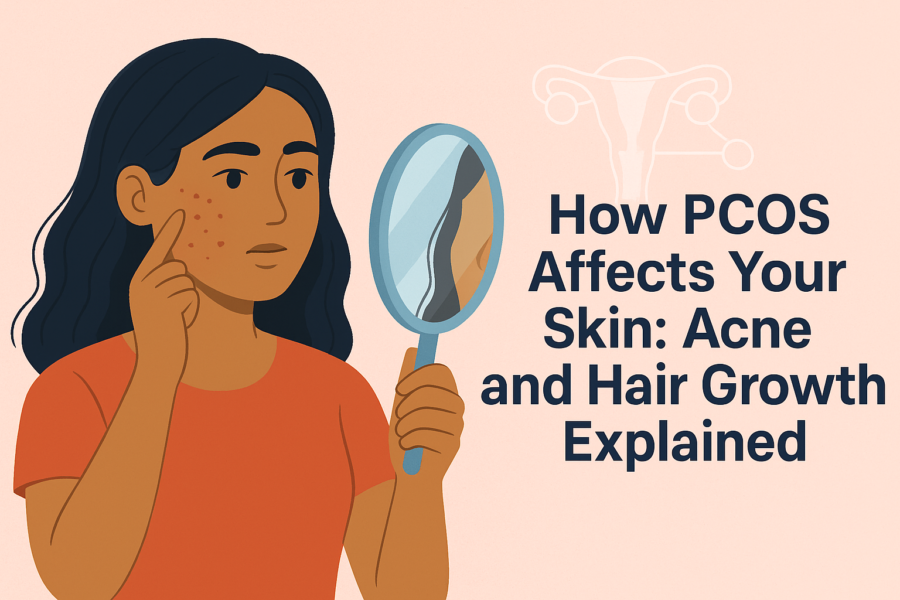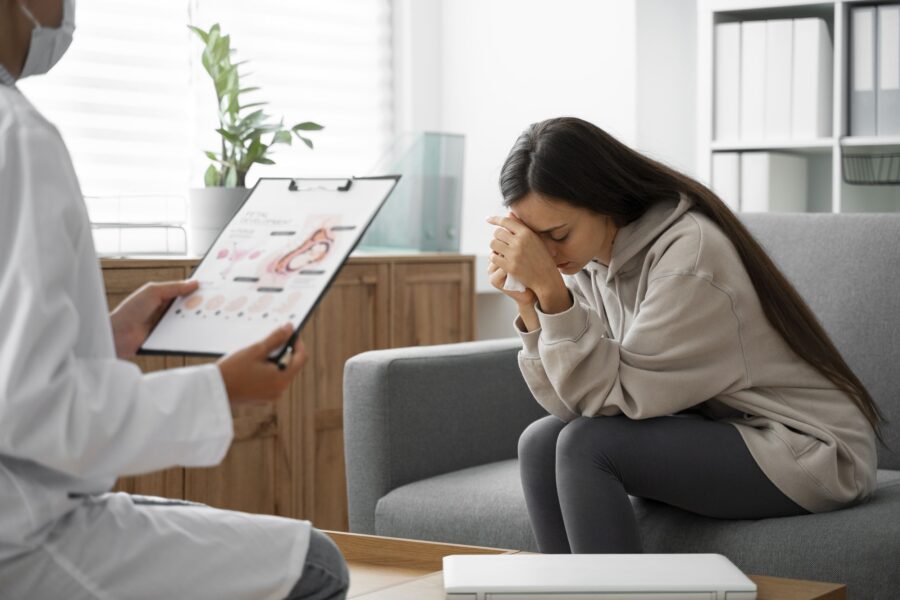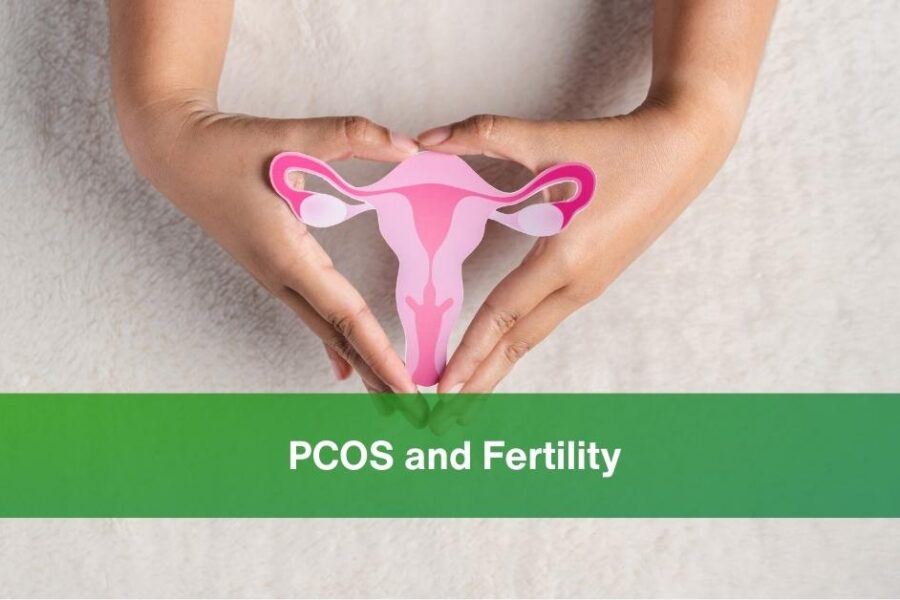Polycystic Ovary Syndrome (PCOS) is a hormonal disorder that not only affects adult
women but also adolescents. Early detection and management of PCOS during
adolescence is crucial for preventing long-term complications and improving overall
health outcomes. In this guide, we’ll explore the unique challenges of PCOS in
adolescents, discuss strategies for early detection, and outline effective
management approaches to support adolescent girls with PCOS.
Understanding PCOS in Adolescents:
PCOS can manifest during adolescence, although diagnosis can be challenging due
to the overlapping symptoms with normal puberty. Adolescents with PCOS may
experience irregular menstrual cycles, acne, hirsutism (excessive hair growth), weight gain, and mood disturbances. However, these symptoms can often be
dismissed as typical adolescent issues, leading to delayed diagnosis and treatment.
Despite the challenges, it’s essential to recognize the signs of PCOS in adolescents
and initiate appropriate management to prevent potential complications such as
infertility, type 2 diabetes, and cardiovascular disease later in life.
Early Detection of PCOS in Adolescents:
Early detection of PCOS in adolescents involves a combination of clinical evaluation,
medical history assessment, and laboratory testing. Healthcare providers should be
vigilant in identifying potential signs of PCOS in adolescent patients, including:
Menstrual Irregularities: Adolescents with PCOS may experience irregular menstrual
cycles, including missed periods or prolonged periods.
Signs of Hyperandrogenism: Hirsutism, acne, and male-pattern hair loss (androgenic
alopecia) are common signs of hyperandrogenism in adolescents with PCOS.
Weight Gain: Excess weight or obesity is often associated with PCOS in adolescents
and can exacerbate hormonal imbalances and metabolic complications.
Insulin Resistance: Adolescents with PCOS may exhibit signs of insulin resistance,
such as acanthosis nigricans (darkening of the skin folds) and elevated fasting
insulin levels.
Family History: A family history of PCOS or related conditions can increase the risk
of developing PCOS in adolescents.
Once identified, adolescents suspected of having PCOS should undergo further
evaluation, including hormonal testing, ultrasound imaging of the ovaries, and
assessment of metabolic parameters.
Effective Management Strategies for PCOS in Adolescents:
Managing PCOS in adolescents requires a multidisciplinary approach aimed at
addressing hormonal imbalances, managing symptoms, and promoting overall
health and well-being. Key strategies for effective management of PCOS in
adolescents include:
Lifestyle Modifications: Encourage adolescents to adopt healthy lifestyle habits,
including regular physical activity, balanced nutrition, adequate sleep, and stress
management techniques. Weight management is particularly important for
adolescents with PCOS who overweight or obese, as even modest weight loss can
improve symptoms and metabolic health.
Hormonal Therapy: Birth control pills containing estrogen and progestin are
commonly used to regulate menstrual cycles, reduce androgen levels, and improve
acne and hirsutism in adolescents with PCOS.
Psychological Support: Adolescents with PCOS may experience psychological
distress due to their symptoms and the impact on self-esteem and body image.
Providing psychological support and counseling can help adolescents cope with their
condition and improve their overall quality of life.
PCOS can present unique challenges for adolescents, but early detection and
effective management are essential for preventing long-term complications and
optimizing health outcomes. By recognizing the signs of PCOS in adolescents,
initiating appropriate evaluation and treatment, and supporting lifestyle modifications
and holistic interventions, healthcare providers can empower adolescent girls with
PCOS to lead healthy and fulfilling lives.
Educating adolescents, their families, and healthcare providers about PCOS
awareness, early detection, and management is critical for improving outcomes and
reducing the burden of this condition on adolescents and society.






